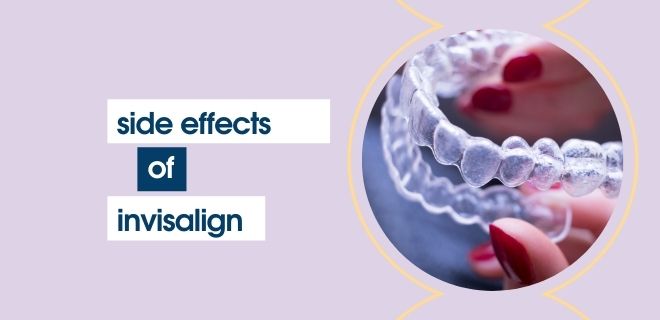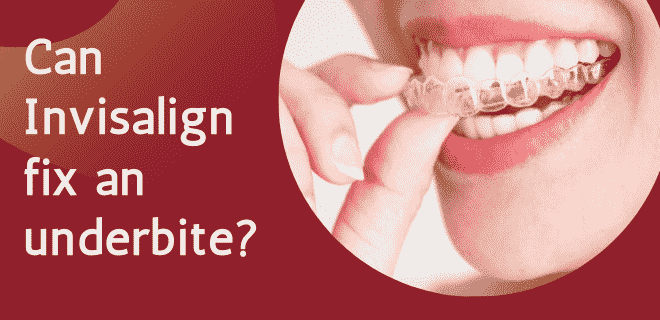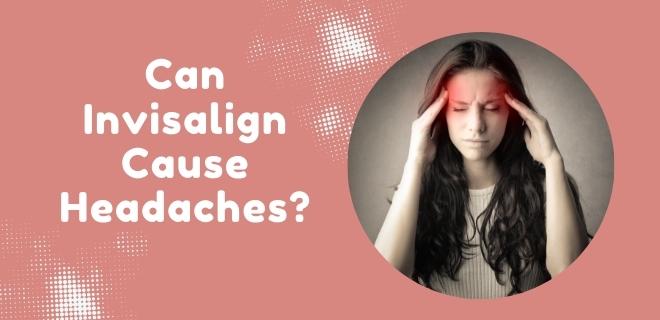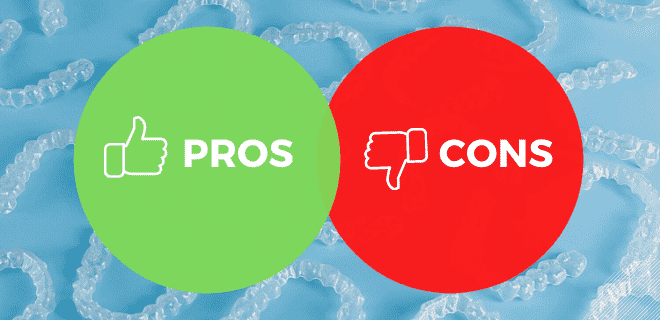
Clear aligners including Invisalign have gotten to be a well-known substitute to traditional metal supports. Invisalign aligners are an orthodontic arrangement of teeth aligners that apply tension to the teeth to move into an alternate position. Numerous individuals who decide on Invisalign over supports report both positive and adverse consequences A perfect orthodontist can accomplish incredible outcomes, now and then in less than a year – all with others scarcely seeing the plate. In any case, there can be a couple of gentle incidental side effects with Invisalign (which are likewise material to other comparable clear aligner frameworks). While teeth aligners are seen by numerous individuals as better treatment choices for individuals with different teeth conditions, patients frequently experience certain inconveniences when they utilize this type of treatment
Invisalign treatment is a much more satisfying way to treat orthodontic issues in patients that have a typical dental concern. You can find several advantages that this treatment has in contrast to the traditional way of treating orthodontic issues with a metal band. But some of the side effects also we should consider while on Invisalign treatment. These side effects are normally mild and should be treated easily. They may include:
- Tenderness of gums
- Swelling or irritation of the gums
- Slight discomfort when eating hard food like corn on the cob
- Prolonged use can cause teeth to develop small cracks, which can eventually lead to chipping.
Normal Invisalign Side Effects with Clear Aligners
-
Uneasiness
This is one of the most common side effects of wearing aligners. While the aligners are smooth and match the curves of your teeth, there is a chance that as patients grow acclimated to them, and wearing the aligners will irritate their lips, gums, and tongue. This is generally just a broad sense that something is off, and it goes away within a few days. The ‘attachments’ may also be known to the patients. Attachments are tiny, transparent bumps that help the aligner trays grasp and move teeth more effectively.
Attachments can cause localized pain against the insides of the lips and cheeks and the development of an ulcer. This is more likely to happen at the start of treatment while the mouth is getting used to the new aligners. It’s important to remember that attachments are considerably smaller, flatter, and smoother than standard customary metal braces.
-
Dialogue
Because the teeth are covered by a thin layer of plastic, patients may suffer a lisp for the first few days. This isn’t always the case, but it’s a typical adverse effect of nearly invisible aligners like Invisalign. The best approach to deal with this problem is to wearing Invisalign as often as possible and practice speaking so that your tongue becomes accustomed to functioning around them. Speech patterns should begin to adapt and compensate for the aligners on their own. It is OK to remove the aligners during a crucial phone call, meeting, or presentation. Just make sure they’re right back in to avoid any treatment time delays.
-
Allergic reactions
Serious Allergic reactions to the aligner trays are uncommon. If this happens, ask your orthodontist about a complete refund or a transfer to another treatment option.
-
Bad odor
The tooth trays prevent saliva from washing over your teeth. As a result, some patients have a dry mouth and foul breath. Drinking water throughout the day and brushing your teeth twice a day might help you avoid bad breath and a dry mouth. Make sure your aligners are clean as well; a dirty aligner might contribute to foul breath. So, take care of your oral health and enhance teeth whitening by brushing and flossing regularly.
-
Bite issues
As therapy proceeds, some patients may find that they bite the inside of their cheek because of the movement of teeth into proper position. This might happen when a patient gets acclimated to a new bite but hasn’t yet adjusted to the new tooth placements. This, like the other negative effects of aligners like Invisalign, should become better over time.
-
Loss of weight
The Invisalign Diet was created because so many patients lost weight after commencing their Invisalign treatment. The Invisalign Diet evolved spontaneously due to many patients opting to eat less often to avoid brushing their teeth and cleaning their aligners more than required. While some people are anxious to acquire Invisalign aligners merely because they believe they will help them lose weight, the Invisalign Diet can be followed without the use of aligners.
If you’re planning to get Invisalign and are worried about losing weight, meet your doctor and talk to your doctor or a dietitian about what you can do to stay on track.
-
Wear Time Extending
While you’ll have to wear your Invisalign aligners for the majority of the time, you may take them out every day for a few minutes. Most patients will be instructed that they must wear their tooth aligners for at least 20 hours each day as a rule of thumb. To perform specific tasks during the day, including eating, drinking certain drinks, brushing, flossing, and cleaning your aligners, you must remove your Invisalign aligner trays. Because you must wear them for such a lengthy period of time every day, you must carefully arrange when you do those activities to prevent interfering with the time you should be wearing your Invisalign braces.
So these 7 are the normal Invisalign side effects after the treatment.
What Causes Invisalign Headaches?
The fact that your face, jaw, and teeth are all linked is a medical reality. As a result of shifting the tooth placements, the jaw will become misaligned. The following are some of the symptoms that may occur as a result of this:
- Grinding or popping of the jaw
- Jaw ache
- Neck ache
- Earaches
- Headaches
If any of these things happen while you’re getting braces, see your orthodontist right away.
On the off chance that these happen while going through treatment look for guaranteed counsel from your orthodontist.
Aligners worn over an all-encompassing period can seriously influence gum health since they subsequently bringing about concerns like periodontitis and gum irritation diseases. One examination done on aligners announced that aligners may prompt the debilitating of tooth roots which may cause moderate resorption of the dental roots throughout some time. However Invisalign orthodontic treatment is a beneficial treatment for teeth straightening and gives accurate results. Some of the Invisalign side effects include tooth sensitivity, dry mouth, and soreness or tenderness in the gums. All these Invisalign side effects are normally mild and should go away after a few days.
If you are facing any side effects after Invisalign treatment, please comment we will update it.






